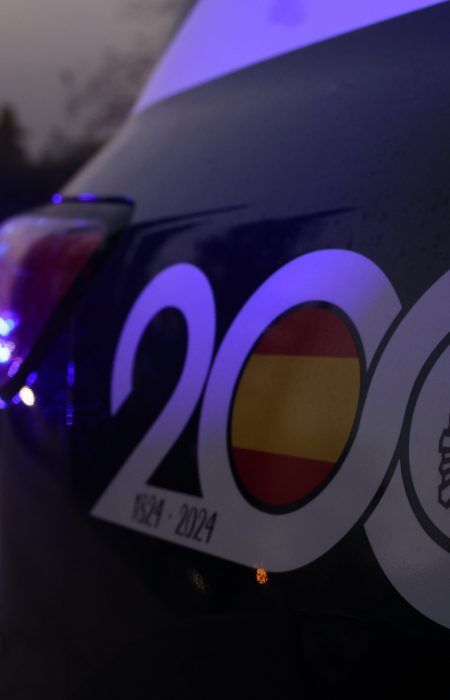Fights at Playa Flamenca Secondary School or its vicinity are constantly recorded. “Everything is as bad as ever,” says one mother. The difference is that Pandora’s box was opened four months ago, following the murder of Cloe, 15, allegedly by her 17-year-old ex-boyfriend. Both young women attended the only secondary school in Orihuela Costa. She was in her fourth year of compulsory secondary education, and he was doing vocational training during the afternoon shift after dropping out of his first year of high school. Now, she says, there is a daily police presence, and parents are making complaints.
The films all follow a similar pattern: guys and girls fighting while being cheered on by the crowd. In many situations, the confrontations begin within the school and then spread to the street, or they are pre-planned and a “get-together” is organised to observe and record them in real time.
Expulsions of implicated students have occurred in recent days, but the prevalent perception is that no decisive action or measures to solve the situation are being implemented.
Local police sources confirm that they have escalated. Although cops have been working on this issue with the juvenile unit for over a year and have increased police presence, the same sources admit that it is a difficult problem to fix. Meanwhile, the centre’s management declined to comment.
After Cloe’s suspected killer sliced her throat in an alley in La Florida, the Parents’ Association stated that the school, which has roughly 1,000 kids, had been a true “breeding ground for crime” for years.
They described it as a pressure cooker, with no lack of fights, assaults, harassment, abuse, alcohol-related comas, narcotics, truancy, and firearms. In fact, at the start of the school year, a 12-year-old girl was brutally beaten and hospitalised, prompting a meeting at the Coastal Emergency Centre between the IES and the two coastal schools, the councillors for Education, Coastal, and Citizen Security, the Local Police (with their gender-based violence and truancy units), and the Civil Guard.
It was also discovered that certain people near the school give out little amounts of narcotics for free in order to “hook” young people and subsequently “recruit” them to conduct criminal crimes such as stealing cell phones or other products and trafficking in substances. In this setting, and once inside the “network,” many of them are equipped with knives and switchblades for protection.
The imprisoned minor’s surroundings were tied to a group that committed petty crimes such as theft and squatting. He frequented “the Chinaman’s house,” along with other young people who went there to do drugs and party. This unfinished residential complex has become a hotspot of disturbances in recent years, as reported by neighbours whose properties are across the street or only a few steps away.
This is one of the terraced houses on Calle Nutria that has been abandoned for more than a decade, about 500 metres from where the Guardia Civil believes the young man burnt his clothes and the knife in a semi-ruined warehouse next to a water tank on Morral Street, very close to the alley where Cloe received a cut on her neck that killed her shortly after in Torrevieja Hospital.









No Comment! Be the first one.